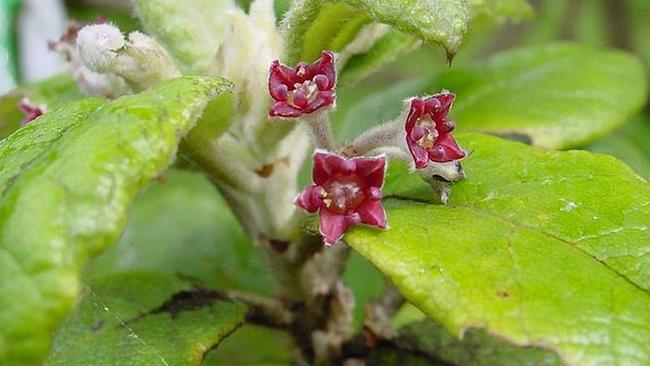Plants disappearing at faster rates than animals
More than 500 species of plants have disappeared in the past 250 years, according to a new study.

More than 500 species of plants have disappeared in the past 250 years — more than twice the number of birds, mammals and amphibians recorded as extinct — according to a new study.
Scientists at the Royal Botanic Gardens in London and Stockholm University carried out a groundbreaking global analysis of all plant extinction records to come up with the figure.
The research, published in the journal Nature, Ecology & Evolution, brought together data from fieldwork, literature and herbarium specimens to show how many plant species have disappeared, what they are, where they have disappeared from and what lessons can be learned to stop future extinction.
The study found 571 plant species had disappeared in the past 2½ centuries, more than twice the number of birds, mammals and amphibians recorded as extinct — a combined total of 217 species.
“Most people can name a mammal or bird that has become extinct in recent centuries, but few can name an extinct plant,” said Aelys Humphreys, assistant professor at the Department of Ecology, Environment and Plant Sciences at Stockholm University.
“We hear a lot about the number of species facing extinction, but these figures are for plants that we’ve already lost, (and) provide an unprecedented window into plant extinction in modern times.”
The scientists found plant extinction was happening as much as 500 times faster than “natural” background rates of extinction — the normal rate of loss in Earth’s history before human intervention.
The scientists found the highest rates of plant extinction to be on islands, in the tropics and in areas with a Mediterranean climate.
The research suggested the increase in plant extinction rates could be due to the same factors that are documented as threats to many surviving plants: change of land use resulting in the fragmentation and destruction of native vegetation, particularly range-restricted species.
“Plants underpin all life on Earth. They provide the oxygen we breathe and the food we eat, as well as making up the backbone of the world’s ecosystems, So, plant extinction is bad news for all species,” said Eimear Nic Lughadha, co-author and conservation scientist at Kew Gardens in London.
“This new understanding of plant extinction will help us predict (and try to prevent) future extinctions of plants, as well as other organisms.
“Millions of other species depend on plants for their survival, humans included, so knowing which plants we are losing and from where will feed back into conservation programs targeting other organisms as well.”
Plants that have disappeared include the Chile sandalwood, a tree that grew on the Juan Fernandez Islands between Chile and Easter Island, and was heavily exploited for its scent.
PA



To join the conversation, please log in. Don't have an account? Register
Join the conversation, you are commenting as Logout